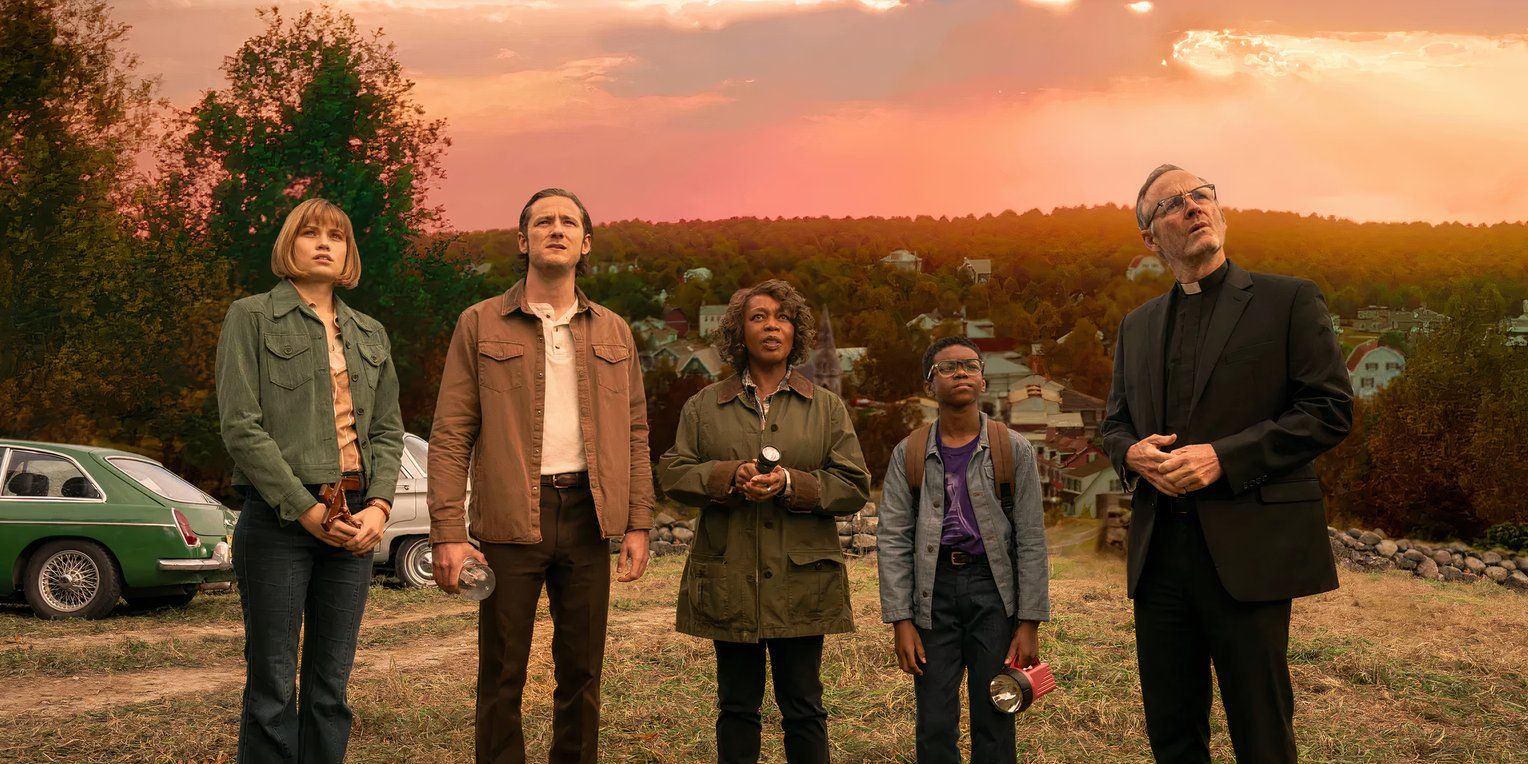
This article covers a developing story. Continue to check back with us as we will be adding more information as it becomes available.
Alfre Woodard has explained why changing her character’s gender makes sense for the new Salem’s Lot adaptation. The upcoming Salem’s Lot, which was written and directed by Gary Dauberman, is a Max release that is adapting Stephen King’s sophomore novel into a feature-length movie for the first time. It has previously been adapted into a pair of miniseries in 1979 and 2004. The new movie stars Woodard in the role of Dr. Cody, who was previously portrayed as male in the novel and onscreen in the 2004 series, as played by The Matrix Reloaded‘s Robert Mammone.
Screen Rant recently had the opportunity to interview Alfre Woodard about her role in Salem’s Lot. She shared that she had “been told” that the role of Dr. Cody was originally written for a man, but she was “excited” to receive the role and began thinking about the character in the context of the movie being set in 1975. She invented a backstory for her character that comes from the historical background of the period, which was “the first time when people started to really talk about women doctors in different ways.”
In her mind, the character’s late husband – who she met while studying at Bates – worked in forestry. She continued to practice in small Maine towns because “she gets to practice there in a way that she doesn’t get to practice… somewhere else on the East Coast,” which explains her presence in the titular town as the vampiric menace descends upon it during the timeline of the movie’s story. One other element of the character that appealed to her was the fact that she has an internal reserve of strength and fights back against the vampires. Read Woodard’s full quote below:
Obviously, I’m a woman, but you don’t have to change the role. I knew it was written – even this time out – for a man, and I knew because I had been told and had talked about it and seen the expressions of what Dr. Cody originally was asked to do and to be. So, I was excited when I got it that it was a different direction for me as a woman. Thinking back to 1975, that was the first time when people started to really talk about women doctors in different ways because all of us had been raised with gynecologists who were men. But I remember being in Boston with like 300,000 college students there, and suddenly there were a lot of women OBGYNs. You had to say, “Well, I’m going to leave my pediatrician and go to this person.” When we started to talk about reproductive health, you had the option of going to a woman, so I love the fact that we’re in 1975 and this woman doctor figures so highly now. I have a backstory I made up, but she is a doctor for two or three small towns in Maine. She’s a Mainer because she went to Bates, and she met her husband there. He’s in forestry, and he has passed on, but she has been there for their whole marriage of 40 years or something. And she gets to practice there in a way that she doesn’t get to practice in Boston or in Providence or somewhere else on the East Coast. I was just interested in all of those things, and the fact that she wrestles a vampire and she doesn’t fall down and go, “Oh, I’m bit! It’s curtains for me.” I wanted to explore all that and demonstrate it.
More to come…
